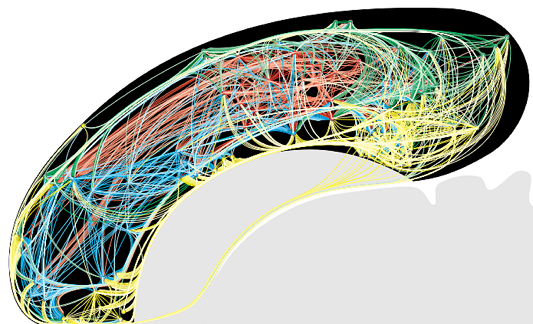Abstract
The lecture will introduce the need for a conceptual framework for systems neuroscience, like Mendeleev’s periodic table of the elements for chemistry or Watson and Crick’s double helix structural model of DNA for molecular biology. One approachis a high-level structure-function wiring diagram that can be used to clarify the basic design features or architectural principles of global nervous system circuitry. A progress report on early stages of assembling and analyzing such a wiring diagram for mammals will be presented. Multiresolution consensus clustering strategies for identifying a potential hierarchy of subsystems appear to be one promising new tool in this research program. Recommended background reading includes Swanson & Lichtman (2016) Ann. Rev. Neurosci. 39:197-216, and Swanson et al. (2017) PNAS 114:E9692-E9701.

Biography
Dr. Swanson received his undergraduate degree in Chemistry from Pomona College (Claremont CA) and his PhD in Neurobiology from the Washington University School of Medicine (St. Louis MO), where he also did postdoctoral work with Max Cowan and Rita Levi-Montalcini. He then spent 10 years at the Salk Institute (La Jolla CA) before moving in 1990 to the Program in Neural, Informational, and Behavioral Sciences at the University of Southern California (Los Angeles). He is a member of the US National Academy of Sciences and a past president of the Society for Neuroscience. He is the author of Brain Architecture: Understanding the Basic Plan (OUP, 2003, 2012).
